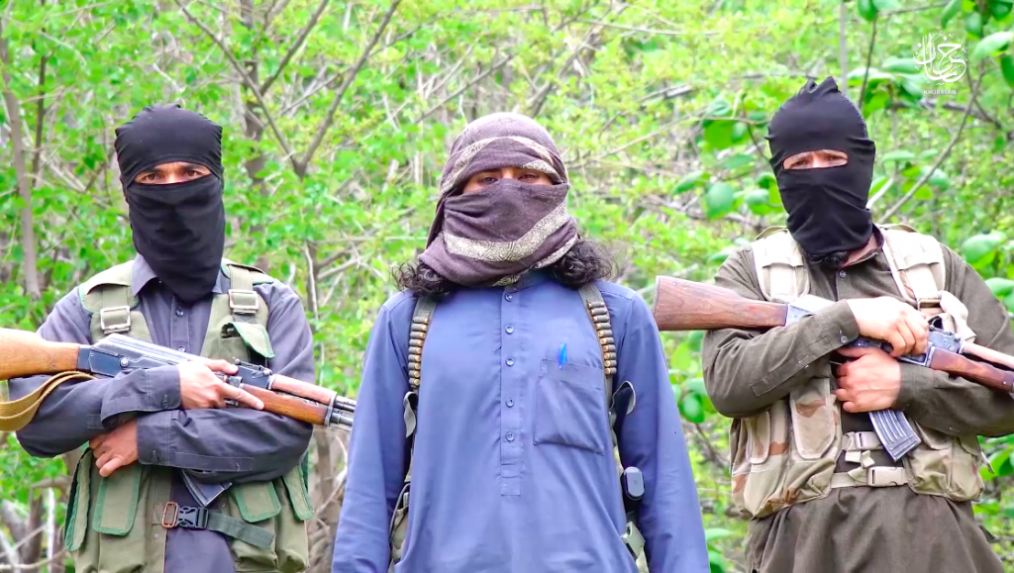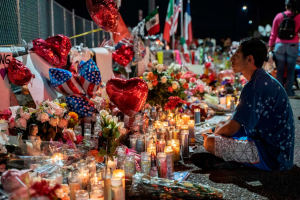- The sovereign citizen movement is often disorganized, but organized groups do exist.
- The spread of this extremist ideology typically exists and is spread on online platforms.
- While not all followers of the movement are violent, such ideology has led to the murder of law enforcement officers and terroristic threats against government employees.
Summary of Extremist Narrative
The sovereign citizen movement is based on an assembly of various conspiracy theories, many of which stem from the 14th Amendment and conspiratorial interpretations of it. The 14th Amendment states that “all persons born or naturalized in the United States, and subject to the jurisdiction thereof, are citizens of the United States and of the state wherein they reside”. Followers of the sovereign citizen movement view this statement as creating two distinct classes of individuals amongst the population residing in the geographic United States. These two classes, de Jure (or rightful citizens) and 14th Amendment citizens, separate sovereign citizens from those who are considered citizens of the federal United States. Because followers of the movement believe that the amendment created two separate classes of citizens, one being superior to the other, they believe that the government has failed to properly represent the republic of the United States, making it an illegitimate government. Any laws or attempts to enforce such laws by such an illegitimate government are then viewed as illegitimate by followers.
Followers of the movement do not believe that they have to follow the laws of the United States, often citing ‘common law’, which has little to no definition and is often based on aspects of biblical and constitutional rulings. As laws after the 14th Amendment are viewed as completely fraudulent in the movement, the followers often cite that the 16th Amendment, which allowed for a federal income tax, need not be followed.
History of the Movement
There is no exact doctrine in which sovereign citizens base their beliefs. Nor is there a sovereign citizen group which believes in the exact same ideology as other groups. Several sub-sects exist within the movement, as will be discussed.
Much of the ideology has spread via conspiratorial books, and more recently amongst online blogs and manifestos. Many followers of the movement will consume numerous of these narrative platforms and pick and choose segments to fit their perceived needs best.
The last two decades have also saw a rise in African Americans who have begun to follow certain sub-sects of the sovereign citizen movement. Many African Americans who follow such ideologies follow a distinct movement often referred to as “Moors” or “Moorish”. These individuals believe that their independence comes from obscure treaties signed by the United States in the 1700s.
Because of the conspiratorial belief that laws of the United States are illegit and that they as sovereign citizens do not need to obey them, followers often become engaged in situations with local or state law enforcement. Sovereign citizens are known to make their own driver’s license, vehicle tags, and other common forms of physical identification, further leading to increased law enforcement interaction. While some of these cases end when less hardened believers of the movement realize that they do in fact need to obey the laws of the United States, others have ended in fatal attacks on law enforcement.
Current state of the movement
While there are some collective sovereign organizations, the overall movement his highly disorganized and made up of many individuals who physically practice their specific beliefs on their own. In certain areas, organized or semi-organized sovereign citizen groups have been linked to white nationalist organizations. The FBI has stated that amongst the criminal activities that followers of the sovereign citizen movement are murder, assault, battery, terroristic threats, and a wide variety of financial crimes. Amongst the more organized sovereign groups, leaders are often in their 60’s and 70’s.
In a study carried out by Brian S. Slater, sovereign citizen legal proceedings saw drastic increases in the last two decades. Measuring from the early 2000s up until mid-2016, Slater noted that such proceedings (to include legal appeals) rose from 4 in 2008 up to 142 in 2016. While this does necessarily represent a rise in violence attributed to the movement, it is concerning that it appears that the movement’s ideology is spreading which may lead to increased violent trends.
Where are Sovereign Citizens operating?
Several large sovereign movement organizations exist along the east coast of the United States, however, such organizations also exist in several states where some have been associated with select white supremacist organizations.
The Slater study mentioned above lists the following states as having the most prominent sovereign citizen activity:
- Illinois
- Wisconsin
- Florida
- North Carolina
- New Jersey
- New York
- California
- Pennsylvania
- Ohio
- Tennessee
What are the primary recruitment methods into the movement?
As the movement is largely disorganized, there are no known specific recruitment practices. The ideological narrative has been spread by books in the past and more recently online blogs and by circulated manifestos. Several sovereign citizen online blogs state that there are certain ways a sovereign must declare themselves independent of the United States government, all of which are based on odd legal jargon that is completely incorrect. While not all sovereigns adhere to such a declaration, it is often times the case that proponents of the movement believe that it is needed to officially become a sovereign citizen.
Image Credit: A Title 4 flag typical of the sovereign citizenship movement; as found on related website ‘Fake Freedom’.
The Extremism Assessment Series is an initiative of Rise to Peace’s Domestic Counter Terrorism Program. It seeks to provide short educational pieces highlighting groups or social movements linked to extremist ideologies and/or tactics. Check back for new additions to the series.









